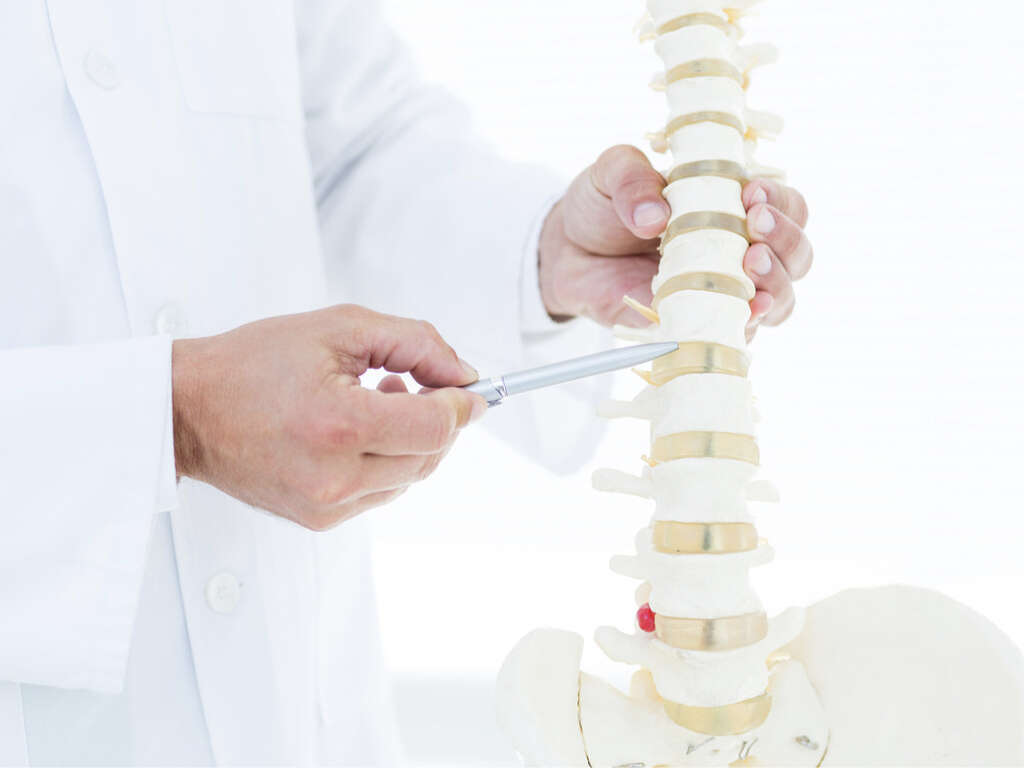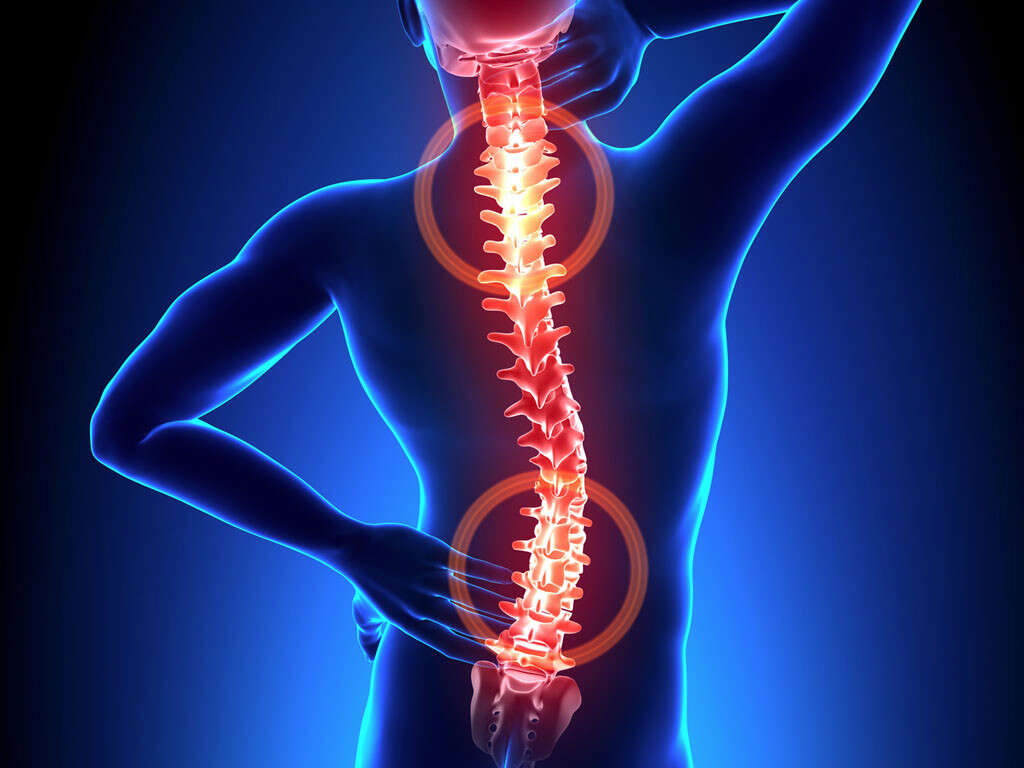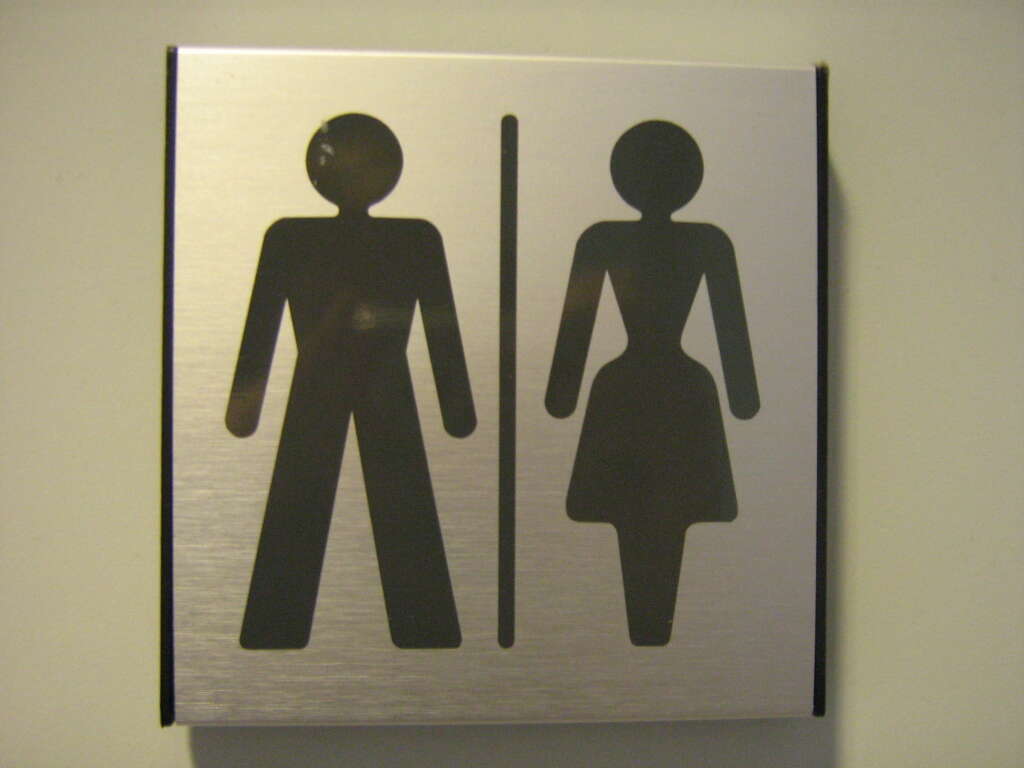What Is Facet Arthropathy?
Our spines play a very important role in our bodies. They need to be able to give our bodies enough support to allow us to stand upright. They also need to give us the flexibility that we need to be able to move our upper bodies. However, some people are unfortunate enough to develop conditions of the spine that can cause them considerable problems.
Pains in the back are not uncommon, and many people will develop back pain as they get older. There are numerous potential causes for this pain, and one of these is facet arthropathy. It is a condition that can cause pain and restrict movement, although it can be treated in many cases.
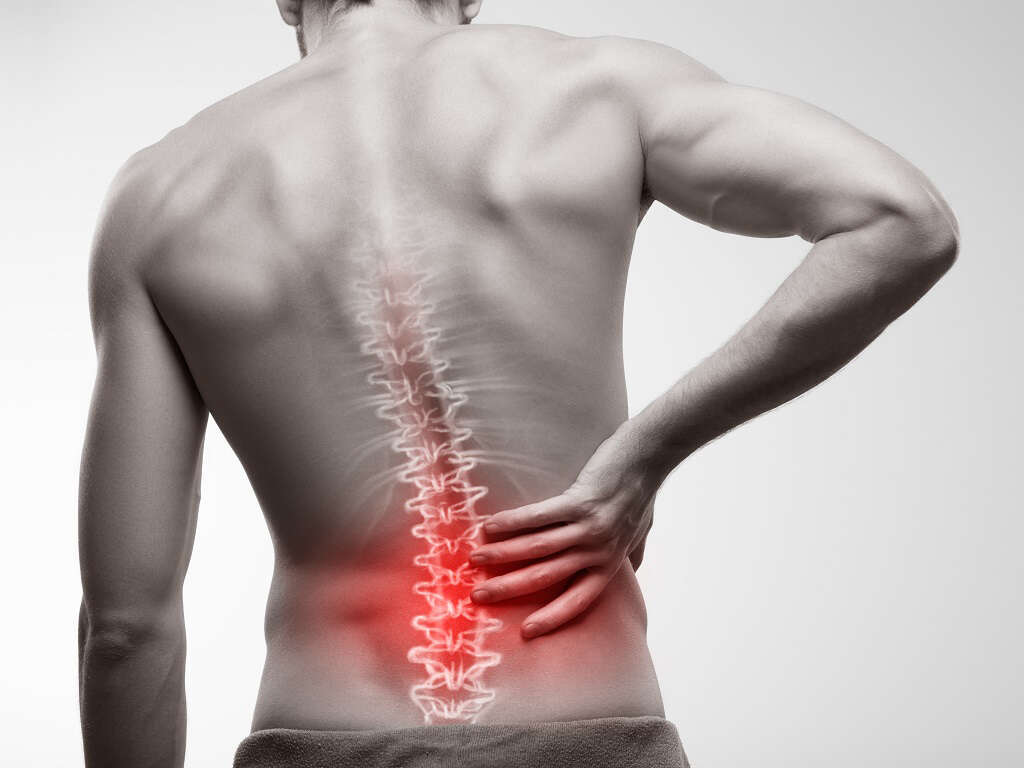
1. Degenerative Arthritis
Of all the varieties of arthritis, degenerative arthritis is the most common. It is also known as osteoarthritis. The condition is basically caused by the wear and tear of the everyday use of the joints. It affects the cartilage of the joints specifically, which become worn down and begin to deteriorate through near constant use over many years.
The condition can cause a serious impairment in the patient’s mobility, while it can also be very painful. There is no cure for the condition, but treatments are available that will help to relieve the patient of their symptoms. The condition is more common in older people on account of their joints having had more time to deteriorate.

2. Facet Joints
Our spines are made up of 33 individual bones, which are known as vertebrae. The individual joints also help to make the spine a structure that gives us flexibility in addition to support. Each joint is connected to the next one at three separate points, in what could be called a tripod design.
Where the largest of these contact points meet, and where the vertebrae are at their thickest, is the intervertebral disc. This is a cushioning disc located between each vertebra that acts as a shock absorber. The two smaller contact points, which are located at the back of the spine, are known as the facet joints.
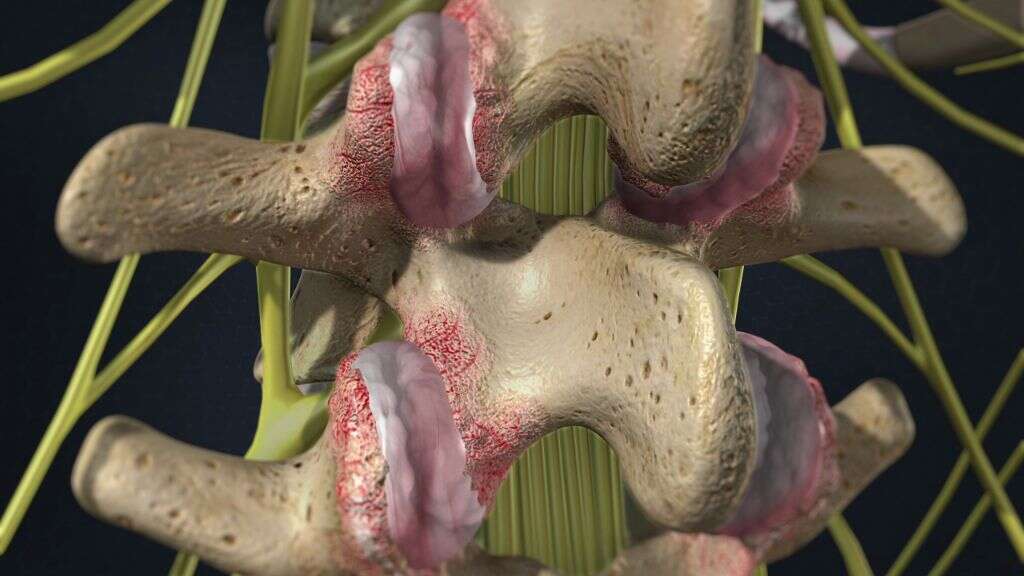
3. Facet Arthropathy?
Facet joints are synovial joints. This means that the individual bones of the joint move against each other. To help prevent problems occurring, the joints will contain a fluid and will be lined with cartilage. This type of joint allows for some movement, while also providing strength.
Just as with any other joint, our facet joints are prone to wear and tear over time, causing the cartilage in them to wear down gradually. When the wear and tear are significant enough, it can result in the joint not working as well as it usually would. The two separate vertebrae can come into direct contact with each other, and this can result in a number of unwelcome symptoms.

4. Causes
As mentioned, the main cause of arthropathy is mechanical wear and tear that happens over time. It is usually a type of osteoarthritis, which means that the cartilage in the joints has degenerated. Another potential cause for the condition is an injury to the facet joint which resulted in permanent damage.
A synovial cyst is another potential cause. This is a sac of fluid that develops in the joint and can cause pain when pressure is put on it. Synovial cysts usually occur in older people. Treatment for them will tend to involve medication, but surgery may be recommended in some cases.

5. Symptoms
The main symptom of facet arthropathy is pain, which is usually located in the lower back, and will usually be focused on one part of the spine. Patients will sometimes also describe a dull ache that is located on both sides, or only on one side. The pain will typically get worse when pressure is put on the affected joint, or when the patient bends backwards or twists their spine.
Patients will often find relief from pain by bending forwards, thus relieving pressure on the facet joints. The condition can also cause the facet joint to become enlarged, potentially putting pressure on nerves in the spine. This can result in pain radiating down to the lower parts of the body.

6. Bone Spurs
Some people with facet arthropathy can also develop bone spurs. As the bone is worn down, so the body naturally tries to stimulate new bone growth in order to compensate. This is not usually a problem in itself, but it can sometimes lead to the formation of bony growths projecting from the main bone.
Bone spurs can lead to a number of problems as they grow. They can press against the other vertebra, which can be very painful. They can also grow into the space where nerves are, which itself can lead to another complication that is known as spinal stenosis.
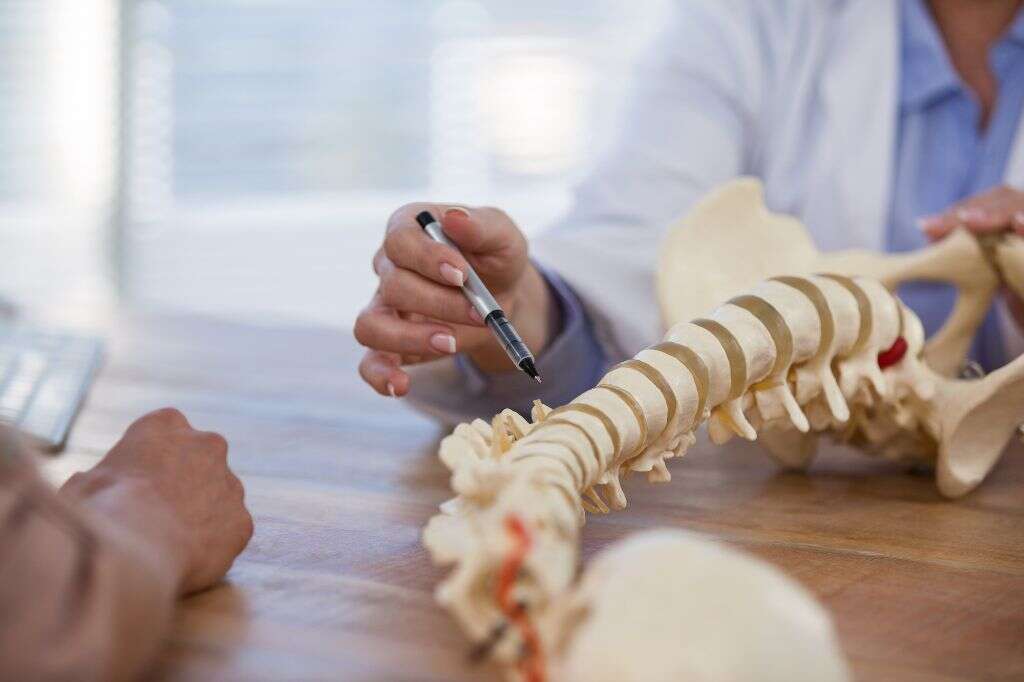
7. Spinal Stenosis
As well as causing pain, facet arthropathy will also sometimes lead to spinal stenosis. The spinal column has a channel running down it in which the spinal cord is located. Spinal stenosis is a condition where the space in this channel decreases. This causes pressure to be placed on the spinal cord, and this results in a number of unwelcome symptoms.
Symptoms of the condition typically include tingling or numbness of the legs and/or feet. It can also cause the legs and feet to become weaker than usual. Spinal stenosis will also often cause back pain, while cramping or pain can be experienced in the legs when walking or standing for long periods.
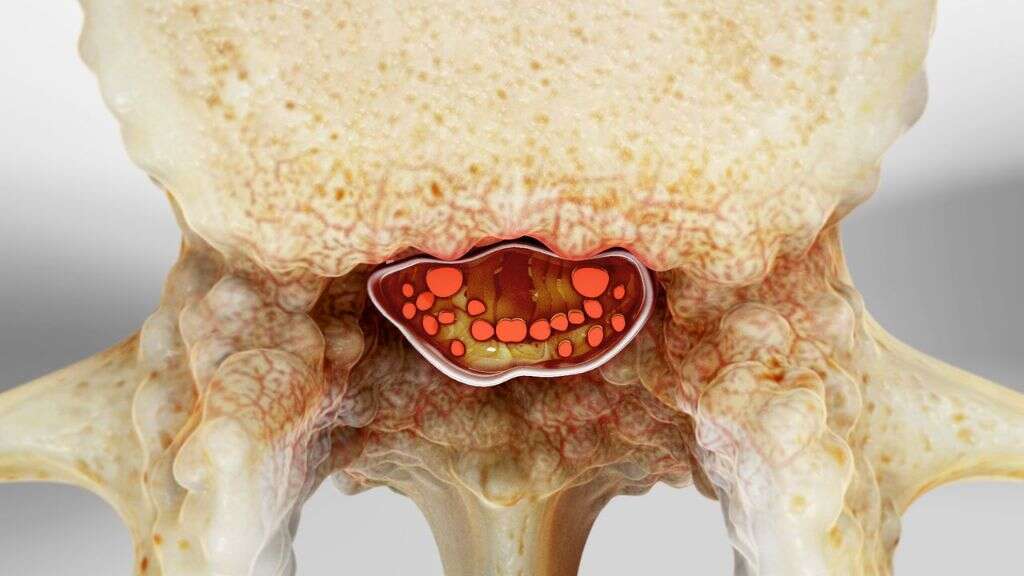
8. Prevention
Nobody is completely protected from the effects of wear and tear, and even the healthiest of people can develop the condition. However, there are some things that people can do to help reduce their chances of developing it. These factors will also help give you a number of other health benefits overall.
Among the best ways to help prevent facet arthropathy is to keep yourself at least reasonably healthy, and avoid putting on too much weight. Exercising regularly can also help to keep the joints in good working order, but be careful not to cause any injuries. Keep a good posture can also help to prevent the condition, while also preventing other potential complications.
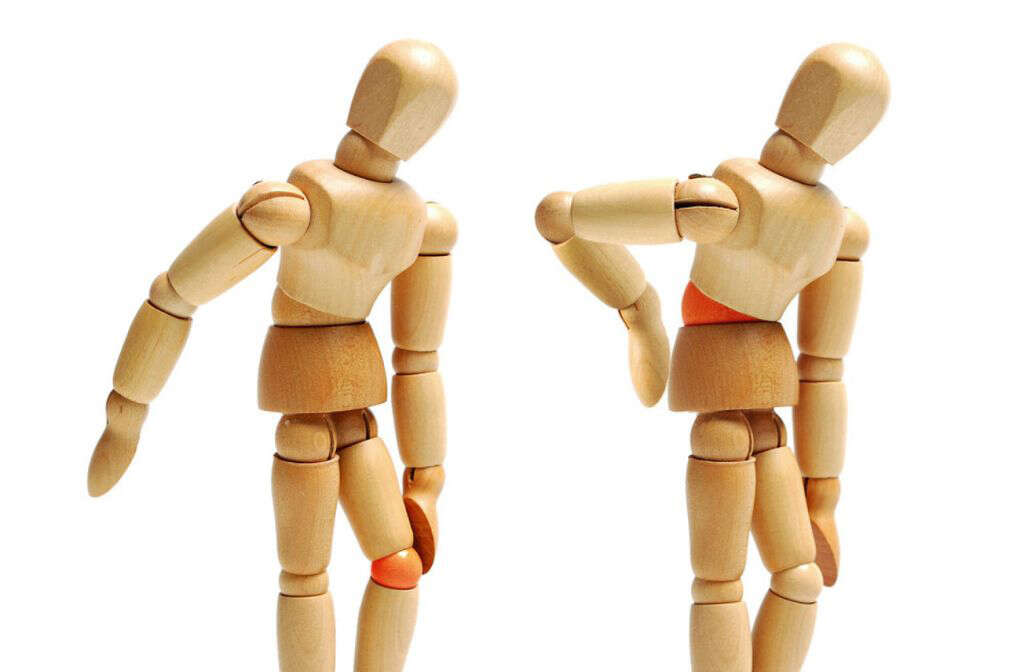
9. Diagnosis
Your doctor will likely want to perform a brief physical exam. They will also need to ask you about your symptoms, and about your medical history. In order to confirm the diagnosis, a number of tests will likely need to be carried out. One type of test is an X-ray that will help experts get a look at the condition of your spine.
MRI scans and CT scans can also be used to get images of the patient’s spine. In addition, bone scans can also help to reveal facet arthropathy. In some cases, the patient might be given an anti-inflammatory steroid injection. If this relieves the pain, it will strongly suggest that facet arthropathy is the problem.

10. Treatment
Facet arthropathy can usually be treated to at least help make the patient feel more comfortable. This will typically involve anti-inflammatory medications that will help to relieve some of the pain. Epidural steroid injections may also be administered to help decrease the pain. Patients may also be advised to try and avoid particular movements that can make the condition worse.
Another option is to destroy the facet nerves with electric shocks. This is a procedure known as facet joint ablation. Where there is nerve compression, surgery may be deemed necessary. In some case, the facet joints might be removed altogether where possible.






